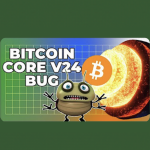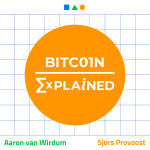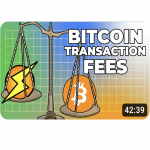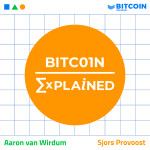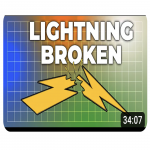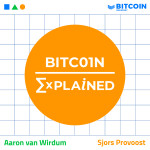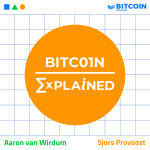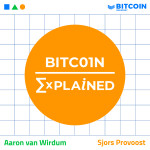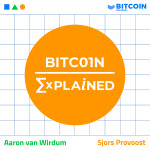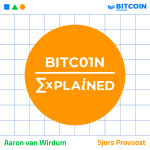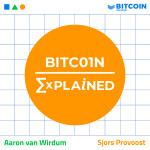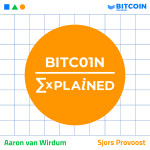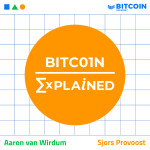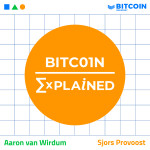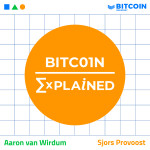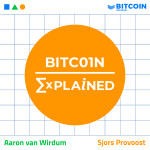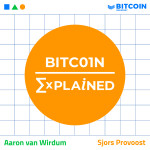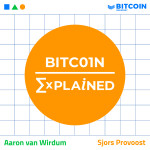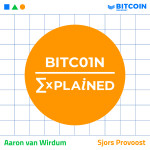In this episode of Bitcoin, Explained, hosts Aaron van Wirdum and Sjors Provoost are joined by resident sidechain and Layer Two expert Ruben Somsen again, this time to discuss Discreet Log Contracts (DLCs). Discreet Log Contracts are a type of smart contracts for Bitcoin, first proposed by Lightning Network white paper coauthor Tadge Dryja. In essence, DLCs are a way to perform bets— but this means that they can ultimately be leveraged for all sorts of financial instruments, including futures markets, insurances and stablecoins. At the start of the episode, Aaron, Sjors and Ruben discuss what can be considered a type of proto-DLC, namely a multi-signature setup for sports betting where two participants add a neutral third party (an “oracle”) that can resolve the bet one way or the other if needed. The trio explains, however, how this solution comes with a number of downsides, like the difficulty of scaling it. From there, Aaron, Sjors and Ruben go on to explain how DLCs solved these problems using a setup that resembles payment channels as used on the Lightning Network. When structured like this, they explain, oracles merely need to publish a cryptographically signed message about the outcome of an event, which can be used by the winning participant of the bet to create a withdrawal transaction from the payment channel. Finally, Ruben explains how the original DLC concept could be streamlined by using adaptor signatures, a sort of “incomplete signatures” that can be made complete using the signed message from the oracle. With adaptor signatures, DLCs no longer require a separate withdrawal transaction, as the winner can claim funds from the payment channel directly.
